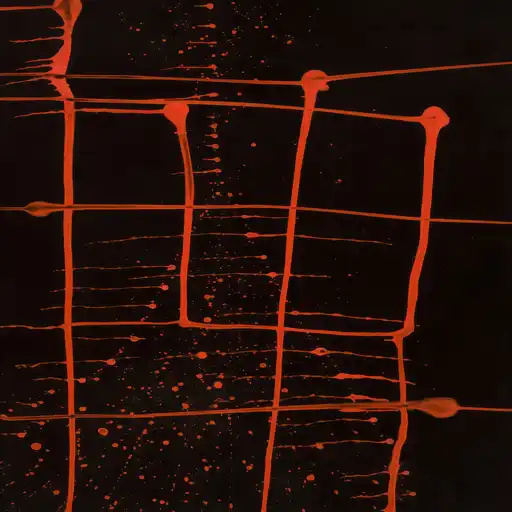Discover the importance of early lung cancer diagnosis and screening through Sharmila Tagore’s stage 0 lung cancer case. Learn about the significance of routine screenings in improving survival rates and treatment outcomes.

Sharmila Tagore, an iconic Indian actress, recently drew attention to an often-overlooked health issue with her unexpected diagnosis of zero-stage lung cancer. Positively, this early detection signifies a fortunate turn of events, shedding light on the critical importance of regular health screenings, particularly for lung cancer. This article explores what zero-stage lung cancer is, how it is detected, and why early diagnosis is vital in tackling this pervasive disease.
Read Also – 👉👉Testicular Cancer Myths Debunked: 10 Misunderstandings You Need to Know👈👈
Understanding Zero-Stage Lung Cancer
What is Zero-Stage Lung Cancer?
Zero-stage lung cancer, also known as carcinoma in situ, is the earliest form of lung cancer. In this stage, abnormal cells are located only in the lining of the airways without spreading to other tissues, making it a critical point for treatment intervention. This description forms the essence of early detection—it’s a critical window where even pre-cancerous changes can be managed effectively. As it typically doesn’t produce noticeable symptoms, catching it early requires vigilant screening. Sharmila Tagore’s case illustrates that it *is* possible to diagnose lung cancer at this stage, providing hope for successful treatment outcomes.
The Importance of Early Detection
Why is early detection so vital, you might wonder? The startling truth is that many lung cancer cases are identified only in stages III or IV, when the disease is not only harder to treat but also significantly diminishes survival prospects. When detected at stage 0, as in Tagore’s case, the prospect of recovery improves dramatically. However, because these early cases often lack symptoms, regular screenings are paramount— underscoring the pressing need for increased awareness in both at-risk populations and the general public.

Read Also – 👉👉Mental Health Kidney Disease Strategies: 7 Essential Techniques to Cope👈👈
How Zero-Stage Lung Cancer is Detected
Routine Screening and Recommendations
- Routine scans, such as low-dose computed tomography (LDCT), are key to detecting zero-stage lung cancer.
- Annual screenings are recommended for adults aged 50 to 80 who have a significant smoking history.
- Low-dose CT scans can spot potential issues before they progress to more severe stages.
- Engagement in regular healthcare check-ups can facilitate earlier detection of many diseases, including lung cancer.

Read Also – 👉👉Fiji Dengue Fever Outbreak Response: 5 Critical Measures to Combat a Rising Crisis👈👈
The Broader Significance of Lung Cancer Screening
Impact on Patients and Treatment Options
Sharmila Tagore’s fortunate early diagnosis suggests that catching lung cancer at this point can lead to less aggressive treatment choices, preserving quality of life while improving survival odds. Early-stage detections often mean patients can avoid invasive procedures like chemotherapy, which can be taxing on both physical and mental health. Here’s where a proactive approach to health becomes invaluable—those who incorporate regular screenings can experience a vastly different treatment landscape.
The Economic and Healthcare Implications
Early detection isn’t just about individual health; it also carries significant implications for the healthcare system. By catching more cases of lung cancer at zero-stage, we can shift focus from treating advanced, expensive interventions to implementing preventive strategies. This approach not only conserves precious healthcare resources but also lessens the emotional toll that advanced cancers inflict on patients and families. Furthermore, as costs of care rise, redirecting funds towards prevention could transform the landscape of public health funding and reduce the overall burden on society.

Addressing Controversies in Lung Cancer Screening
Debates Surrounding Screening Practices
- Some experts argue that broad screening could lead to overdiagnosis and unnecessary anxiety.
- Counseling individuals on risks vs. benefits of screening is crucial for informed decision-making.
- Acknowledging the rising number of lung cancer cases among nonsmokers shows the need for inclusive screening strategies.
- Developing cost-effective and accessible screening programs can democratize healthcare and reduce deaths from lung cancer.
Conclusion: Takeaways from Sharmila Tagore’s Experience
In conclusion, Sharmila Tagore’s zero-stage lung cancer diagnosis serves not only as a personal health insight but also as a significant public health lesson. Her case advocates for the critical need for regular screenings, empowering people to prioritize their health proactively. The journey ahead requires ongoing commitment from healthcare providers, policymakers, and society at large to ensure that effective screening becomes commonplace—saving lives through early detection and treatment. Together, we can harness the power of knowledge, increase awareness, and pave the way for a future where lung cancer is caught sooner and treated more effectively.
FAQs About Early Lung Cancer Diagnosis and Screening
What are the symptoms of zero-stage lung cancer?
Often, zero-stage lung cancer shows no symptoms, which is why regular screenings are essential for detection.
How is zero-stage lung cancer treated?
Treatment options vary depending on individual circumstances but generally involve less invasive options since the cancer is confined to the lining of the lungs.
Who should get screened for lung cancer?
Individuals aged 50-80 with a significant smoking history or other risk factors are advised to undergo annual screenings.
What is LDCT and why is it important?
Low-dose computed tomography (LDCT) is a specialized X-ray used in lung cancer screening that can detect cancer earlier than standard X-rays.
Related Videos
Read Also –
This article is for informational purposes only and should not be considered medical advice. Always consult with a healthcare provider for personal medical recommendations.
Read Also –
Hey! I hope you enjoyed reading this! If you did, could you do me a small favor and hit the like button? It would mean a lot to me and help me reach more people. Thank you so much! Got any thoughts on this post? Drop them in the comments below!
How many stars would you give for my effort?





